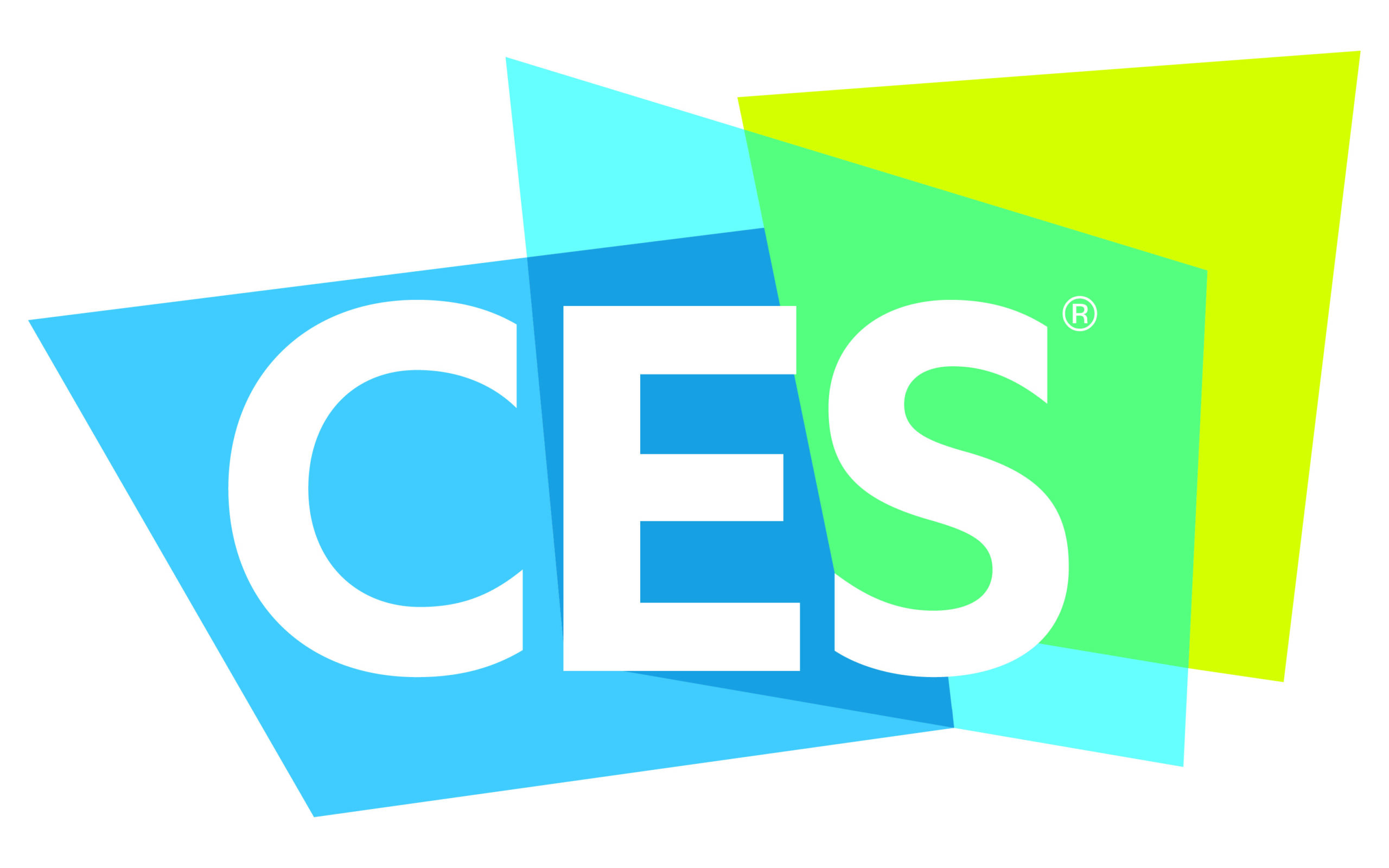Let’s think about how different the world was just five short years ago. Now picture the world in the next five years. What will disappear? What innovations and businesses will take off? There could be something introduced in the next five years that’s as familiar to you as Facebook is right now, and you just don’t know it yet.
Consider this, from TechCrunch:
In 2010, the iPad had just made its debut, Kickstarter was introducing a new form of venture capitalism that would change the face of fundraising and Square was letting vendors of any size accept payment with a swipe of a card on a mobile device. And we haven’t looked back.
So, where are we headed and what are we leaving behind? Well, we have a few predictions.
Cable and Satellite TV
We predict that cable and satellite TV will be disappearing. People are tired of buying channels that they don’t watch and that is exactly what people paying for cable are doing. An average cable bill is $150 a month –that is crazy. A shift is happening where there are several alternatives to cable/satellite. Lots of other companies are starting to deliver content almost as big as the cable companies out there – look at Netflix for instance. With original hit shows like Orange is the New Black and House of Cards, Netflix is producing a popular selection of movies and TV shows for $8 a month. Another alternative is buying seasons of shows. I could buy seasons of shows for $24.95 each. I could pick my top 10 shows, a few movies, and pay for Netflix for $300. Then I’m done spending money on it for the year. This is huge money savings. I really think in the next five years people are going to stop paying $150 a month for shows they don’t want and start picking shows they want to watch a la cart for a lot cheaper.
Cash
We will be way less reliant on cash in the next five years. I predict Apple Pay or a like service will fix the holes that they have. In theory they really are great options –you don’t have to use your credit card number so it is much more secure. There are some kinks to work out though. You can’t use these systems to pay at restaurants yet (without a system at the table). It’s necessary to figure out point to point payments and make those seamless. This way, if you needed to give someone cash, it would be simple to make these micro payments. We’re already seeing it shift with services like Chase Quickpay.
Uber
We predict that Uber is going to take over a variety of different businesses. We are already seeing several examples of this. There is a startup that’s currently Ubering fast food. They are already out driving around as Uber drivers –might as well stop and bring you McDonald’s while they’re out! There is another company where people are Ubering jobs. A company needs someone to do a small job, people are out and willing to do it, and the connection is made. This kind of revolution is hand in hand with crowdfunding. Organizations should be ready to have their businesses disrupted.
Crowdfunding
Crowdfunding will continue to get bigger. Crowdfunding has already done nothing but grow and become wildly popular in the last five years. Consider that crowdfunding was just barely born five years ago and it’s already taken over. We’ve seen crowdfunding for everything from business ventures to medical bills and every single thing in between.
Drones
We know that drones will continue to fascinate people in the next five years. With technologies evolving so that a drone can pick up a person and move them at 60 mph, we anticipate huge moves towards people flying drones instead of the predicted “flying car”. The big thing that must happen with drone technology is automatic collision avoidance. Amazon is pioneering this. These drones have to be able to handle the unexpected if they are going to be transporting and coming in contact with people. The drones themselves will communicate to avoid each other. With autonomous vehicles, we’ve already developed this kind of technology. The key is to merge the two together. Until that technology jumps over to the drone world and they can avoid collisions like running into a tree (or someone’s head), they can’t be successful. If you have collision avoidance then, in theory, any average Joe off the street should be able to fly them.
Contextual Voice Recognition
Contextual voice recognition must improve over the next five years. Look at Siri right now, it’s a great tool –but Siri can only follow one line at a time. Once you go beyond basic commands and questions, there is no context understanding. Moving forward, the technology will have to change so that people can both have a conversation and also be understood. There has to be a “and then” moment. Not only does the technology have to be able to understand what you’re saying, but it also has to be able to react in a way appropriate to the context of the request.
These are the big predictions we have for the next five years. There are a few things we think will be obsolete, but also a few things that we think are really going to take off in the near future. Five years doesn’t sound very impressive, but a whole world of technology can happen during that time.
What are your thoughts on our predictions over the next five years? Do you see cable/satellite TV and cash becoming extinct? Do you think your next trip to the grocery store will be in a flying drone? What else do you expect to see change or be introduced? Comment below!





